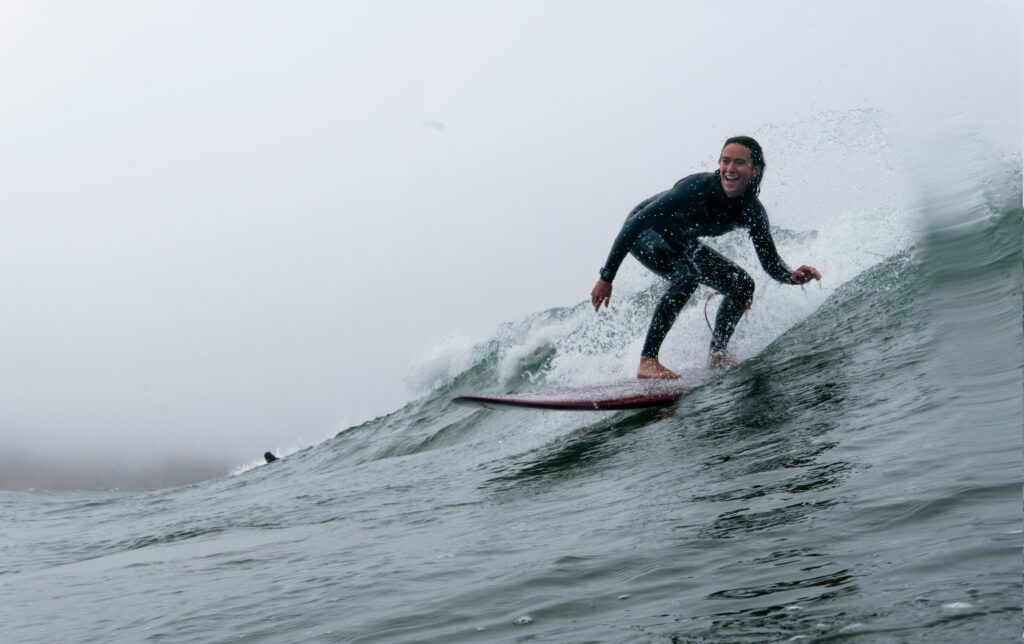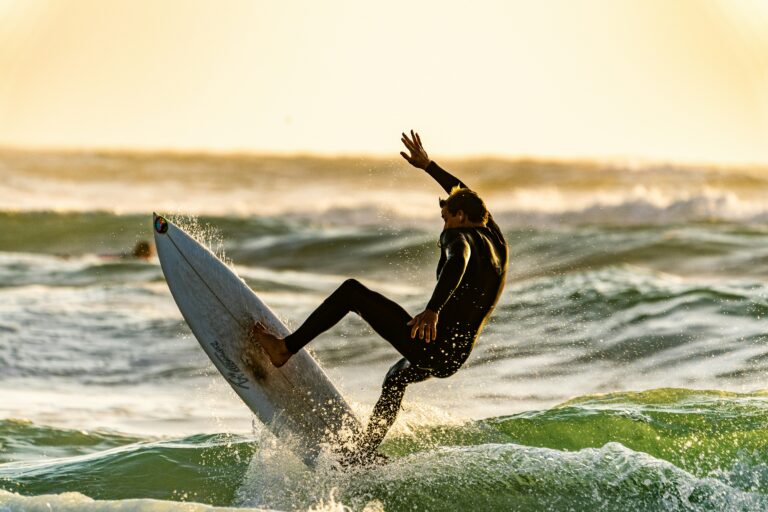Surfing is not just a sport; it’s a way of life—a dance with the untamed power of the ocean. And what better way to immortalize this dance than through photography? Surfing photography not only captures the breathtaking beauty of the waves but also freezes moments of raw energy and exhilaration. In this blog post, we delve into the art of surfing photography, exploring how photographers capture the essence of this dynamic sport and the majestic ocean that serves as its playground.
Understanding Wave Dynamics
Surfing is not just about riding waves; it’s about understanding them. Each wave has its own unique characteristics, influenced by factors such as wind, tide, and underwater topography. To capture the perfect moment, surfers must first comprehend these dynamics.
When waves approach the shore, they undergo various transformations. Understanding how waves break and reform is crucial for predicting their behavior and anticipating the ideal moment to capture a breathtaking image. Whether it’s a powerful barrel or a gentle rolling wave, comprehending wave dynamics allows photographers to position themselves strategically for the perfect shot.
Moreover, recognizing the different types of waves adds another layer of complexity. Whether it’s a reef break, point break, or beach break, each wave type produces distinct surfing conditions. By understanding these nuances, photographers can predict surfer movements and prepare to capture the most captivating moments.
Anticipating Surfer Movements
Surfers are constantly in motion, riding the waves with grace and skill. To capture the perfect moment, photographers must anticipate these movements and adjust their positioning accordingly.
Anticipating surfer movements involves more than just predicting where they will go next; it’s about understanding their techniques, preferences, and style. By observing surfers closely, photographers can anticipate their maneuvers and be ready to capture the most dynamic and visually stunning shots.
Furthermore, familiarity with surfing terminology and techniques is invaluable for predicting surfer movements. Whether it’s a cutback, floater, or aerial maneuver, knowing the intricacies of surfing allows photographers to anticipate when and where these actions will occur, ensuring they never miss the perfect shot.
Utilizing Burst Mode and Continuous Shooting
In the fast-paced world of surfing, timing is everything. To capture the perfect moment, photographers must be prepared to shoot in rapid succession. This is where burst mode and continuous shooting come into play.
Burst mode allows photographers to capture a rapid series of images with just a single press of the shutter button. This feature is invaluable for capturing fast-moving subjects like surfers, ensuring that every subtle movement and expression is preserved.
Continuous shooting takes burst mode a step further by allowing photographers to capture images continuously as long as the shutter button is held down. This feature is particularly useful for capturing sequences of action, such as a surfer riding a wave from takeoff to finish.
By utilizing burst mode and continuous shooting, photographers can increase their chances of capturing the perfect moment. With a rapid-fire approach, they can freeze every exhilarating moment of a surfer’s ride, from the initial drop-in to the triumphant exit.
Waterproof Cameras and Housings
When shooting in the surf, the first essential piece of equipment is a waterproof camera and housing. These specialized cameras are designed to withstand the harsh conditions of the ocean, allowing photographers to capture stunning images both above and below the water’s surface.
Waterproof cameras come in a variety of styles, from compact point-and-shoot models to advanced mirrorless and DSLR options. The key is to choose a camera that suits your skill level and shooting preferences while also offering the necessary durability and waterproofing capabilities.
In addition to the camera itself, a waterproof housing is essential for protecting the camera from water damage. These housings provide a sealed enclosure around the camera, allowing it to safely operate in wet and underwater environments. It’s crucial to ensure that the housing is compatible with your camera model and provides easy access to essential controls and settings.
Telephoto and Wide-Angle Lenses
Versatility is key when shooting in the surf, which is why a selection of lenses is essential for capturing a variety of perspectives and compositions. Telephoto lenses allow photographers to zoom in on distant subjects, perfect for capturing close-up shots of surfers riding the waves or capturing wildlife from a safe distance.
On the other hand, wide-angle lenses are ideal for capturing expansive seascapes and action-packed surfing scenes. These lenses provide a broad field of view, allowing photographers to capture the full scope of the ocean environment and convey the sense of excitement and freedom that comes with surfing.
When choosing lenses for surf photography, it’s essential to consider factors such as focal length, aperture, and optical quality. Investing in high-quality lenses will ensure sharp, clear images with minimal distortion, even in challenging shooting conditions.

Stability Aids like Tripods or Monopods
In the dynamic environment of the surf, maintaining stability is crucial for capturing sharp, focused images. Stability aids such as tripods or monopods provide a steady platform for your camera, allowing you to achieve precise composition and focus without the risk of camera shake.
Tripods are ideal for shooting from a fixed position on land, providing sturdy support for your camera while allowing you to adjust the height and angle as needed. They’re particularly useful for capturing long-exposure shots or setting up time-lapse sequences.
Monopods offer similar stability benefits but with added flexibility and mobility. They’re perfect for shooting in dynamic environments like the surf, allowing you to move quickly and easily while still providing a stable base for your camera. Whether you’re shooting from the shore or wading into the water, a monopod can help you maintain control and stability in challenging conditions.



